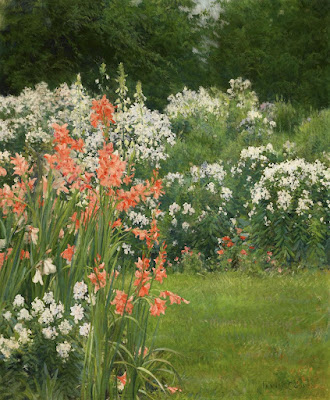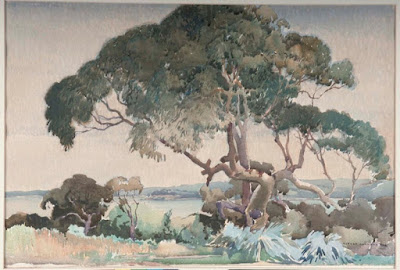On Twitter, data scientist and neurotechnologist
Sterling Crispin asked an interesting question: "Can we use large language models to reach currently unthinkable thoughts?...I don't just mean new ideas, but an idea that's so alien it's currently outside the boundary of what we can think?"
To clarify, he outlined the range of thoughts that are possible:
1: The thoughts you've had
2: The thoughts you could have in the future
3: The thoughts all people have ever had
4: The thoughts all people could ever have
5: And the thoughts that are unthinkable
Imagine two dog walkers meet at a café. The humans start debating macroeconomic theory or whether the color palette of modern movies matches the zeitgeist? Suppose one dog says to the other: "Do you think they're talking about something we can't even imagine?" Well, yes.
Next, at the dog park, the dogs patiently sniff the base of a tree. The humans say: "I wonder if they have an olfactory conception of the world and of each other that we can't comprehend?" Yes! There are alien modes of thought defined by our umwelt and our cognitive history.
Some avenues may be opened up by extrapolating from large language models trained on a corpus of human-generated data. But the most interesting frontier will open as we use LLMs to unravel whale song or to ask elephants about their conception of forgiveness and mercy. The low-hanging fruit will be close to us on the phylogenetic tree, namely primates.




































